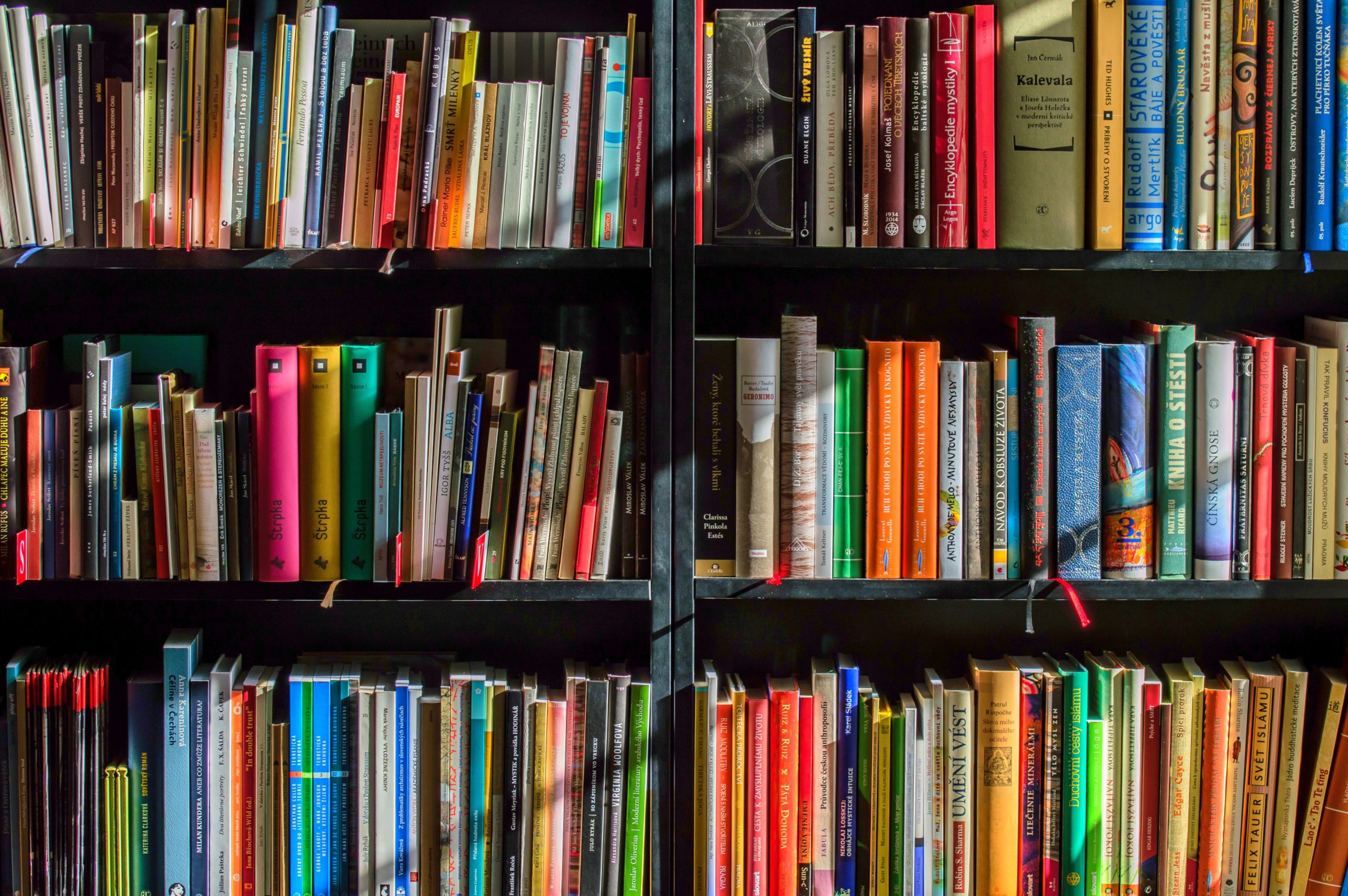I had always been the type of reader who reads for class and maybe about 10 pages of a book right before bed. Some weekend mornings, my grandpa would read to me to encourage me to read more myself — but besides that, I just didn’t engage with books very much. Yet, even though my grandpa’s and my tradition began in elementary school, we have still never stopped.
When quarantine hit, I found myself bored — as many of us did — and longing for a way to learn effectively. So early on, my grandpa and I decided to read every day.
I asked my mom to help me pick out books from her bookshelf, and chose eight of her suggestions. Since quarantine started, I have read 34 books. Reading with my grandpa, and on my own, has been a much-needed break from the stresses of these times, and has helped me find hope. Below are 12 reviews of the books I’ve read.
The first one my mom suggested was “She Said” by Jodi Kantor and Megan Twohey, chronicling their experience breaking Harvey Weinstein’s scandal. I was struck by the authors’ diligence in ensuring accuracy in their reporting, the bravery of the women who came forward and Kantor’s and Twohey’s take on the ethics of alleged sexual misconduct.
Then two nonfiction books followed Kantor’s and Twohey’s bestseller: “Gulp” and “Packing for Mars,” both authored by the hilarious science writer Mary Roach. As my grandpa and I read, we both laughed often — and things came out of my grandpa’s mouth that I have never thought I would hear from him. After those books, we read “Bonk: The Curious Coupling of Science and Sex” — which was great, but afterward I did set limits on what I read with my grandpa.
We also had laughs reading “The Jordan Rules” by Sam Smith, two of Michael Lewis’s books and “Dirt” by Bill Buford.
“The Jordan Rules” is an uncensored locker-room book, a great supplement to ESPN’s docu-series “The Last Dance.” The docu-series is broader, more about the Bulls’s dynasty and heavily influenced by Michael Jordan, while Smith, an independent journalist, wrote his book after the team’s first title. Even so, both media will have anyone laughing at the players’ shenanigans. His book reminded me of Ethan Sherwood Strauss’s “The Victory Machine,” about the Warriors with Kevin Durant — a well-written narrative that features a hilarious ending with Charles Barkley.
Sports has been a recurring genre that I enjoy with my grandpa. The first of Lewis’s books we read in quarantine was “The Fifth Risk,” a surprisingly beautiful exploration of what is happening to agencies under the Trump administration, told through the eyes of the heroes who work at these agencies rather than as an exposé of the president. The other was “Losers,” which follows the 1996 Republican presidential campaign and gives answers to why the United States government is so broken — and features significant comical relief by businessman and presidential-dropout Morry Taylor.
While Lewis is my favorite author, my fondness of him extends beyond just the topics — politics and sports — he writes about: he is a superb storyteller, always including a wide range of people and choosing carefully which anecdotes fit perfectly in his stories.
Moving on to a different author — I read Buford’s “Dirt,” in which he recounts learning French cooking from French chefs. The various chefs’ personalities made the book spectacularly funny — he was able to capture priceless anecdotes when he or a novice invariably made a mistake or said something “stupid.”
Next was Dashka Slater’s “The 57 Bus,” a book about a teenager, Richard, lighting an agender teen’s dress on fire in an act originally thought to be a hate crime. But through Slater’s interviews with people in Oakland, readers learn the complex version of what happened. It was a good reminder that there are always two sides to every story.
Again about Oakland, I read Andre Igoudala’s memoir “The Sixth Man.” Although it did not strike me as the most well-written book, it has some interesting points about student-athletes and the relationships between Black players and white people in athletics, including relationships between refs, fans or owners.
A drastic shift from the sports-oriented literature of Igoudala — I enjoyed the memoir “It’s What I Do” by Lynsey Addario, a photojournalist who documented her experience taking photos mainly in the Middle East. To me, it was fascinating and eye-opening how she put herself on the line so often to give us photographs. I also found it compelling to learn what it took for her to live in a male-dominated culture and still do her job respectfully.
The last of my mom’s suggestions I read was “Personal History” by Katherine Graham. She details her life experiences, going from the daughter of a businessman to the leader of The Washington Post during the Pentagon Papers and Watergate. It has all the drama one could want, and yet is remarkably honest.
With all that is going on in the world lately, reading complex stories reminds me of the complexity of humans themselves — but more importantly, fills me with joy, laughter and hope, as though reading has restored my belief in humanity.
Contact Max Zonana at maxzonana ‘at’ gmail.com.
